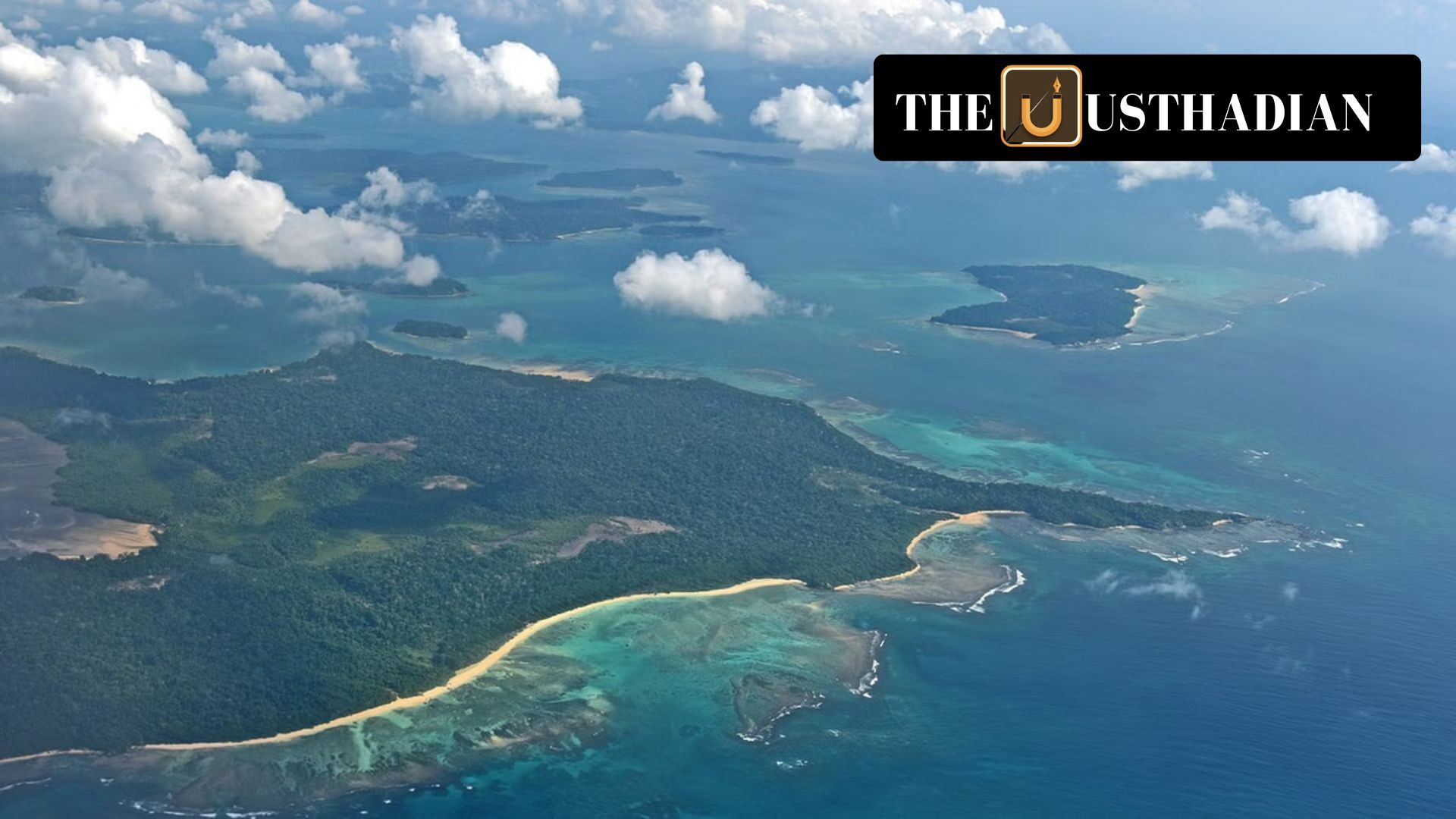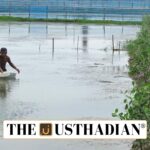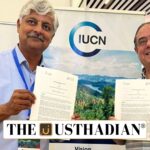Who Are the Shompens?
Great Nicobar Development vs Indigenous Rights: The Shompen Dilemma : The Shompens are among India’s Particularly Vulnerable Tribal Groups (PVTGs), living in the dense forests of Great Nicobar Island. Their population was recorded at just 229 in the 2011 Census, and they remain one of the most isolated tribes in the country. Traditionally, they depend on evergreen forests for survival, consuming pandanus fruit, seafood, and game meat. Their matrilineal culture and land-based identity are deeply tied to their ecosystem.
Great Nicobar Project and Its Impact
The Great Nicobar Project, backed by the Indian government, plans to transform the island into a major infrastructure zone. The proposals include an international container terminal, a greenfield airport, and solar and gas power plants. This massive development would require approximately 166.10 sq km of land, of which around 130.75 sq km are forest areas — the lifeline of the Shompens.
Experts like Prof. Vishvajit Pandya from the Andaman and Nicobar Tribal Research Institute warn that such development could severely harm the Shompens’ lifestyle and traditional rights. With restricted contact with outsiders, the Shompens face a heightened risk of health crises and cultural erosion due to external influence.
Cultural and Ecological Displacement
The Shompens’ land use is community-centric, intertwined with marriage customs, clan structures, and seasonal foraging patterns. Losing their land would mean more than losing territory — it threatens cultural extinction. The forced exposure to new diets, technology, and people could disrupt their social fabric, increase dependence, and spread infectious diseases.
Historically, the community suffered a population dip due to an epidemic in the 1990s, highlighting their fragile immunity. Studies reveal high incidences of anaemia and respiratory diseases. Their voluntary isolation is a protective mechanism, not merely cultural resistance.
Conservation vs. Development: The Balancing Act
Preserving the ecological integrity of Great Nicobar is crucial, not just for biodiversity, but for the survival of its original inhabitants. Activists argue that government intervention should follow an emic approach — understanding the community from their perspective, not imposing external ideas.
Minimal but essential healthcare, community-aligned education, and localized agriculture initiatives could improve outcomes without disrupting their way of life. Crucially, development plans should respect tribal autonomy and include Shompen voices in decision-making.
The Path Forward
The resilience of the Shompens lies in their knowledge of the environment and their ability to adapt while preserving their core values. They’ve gradually incorporated limited agriculture, but forest-based knowledge remains at the heart of their sustenance.
Moving forward, conservation must become community-led, with a focus on preserving land, language, and lifestyle. Development should not come at the cost of one of India’s oldest living cultures.
Static GK Snapshot
Great Nicobar Development vs Indigenous Rights: The Shompen Dilemma :
| Category | Details |
| Tribe | Shompens (Particularly Vulnerable Tribal Group) |
| Location | Great Nicobar Island, Andaman & Nicobar Islands |
| Population (2011) | 229 |
| Project | Great Nicobar Project – transshipment port, airport |
| Forest Area Affected | 130.75 sq km of 166.10 sq km total project area |
| Known For | Matrilineal culture, forest dependency, pandanus diet |
| Key Expert Quoted | Prof. Vishvajit Pandya, A&N Tribal Research Institute |








